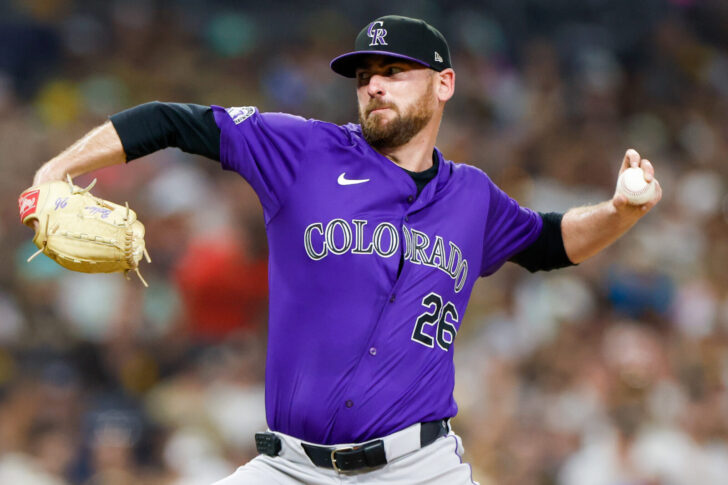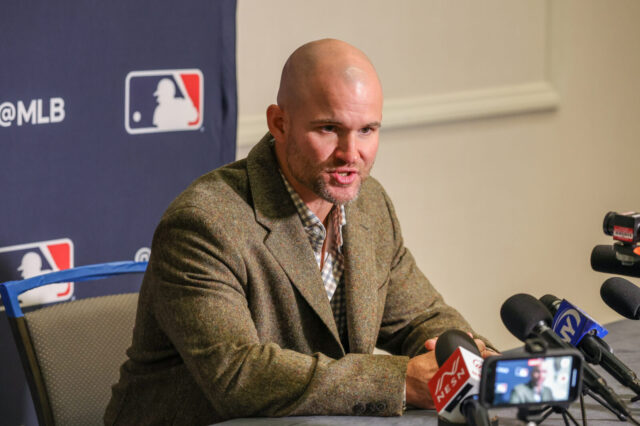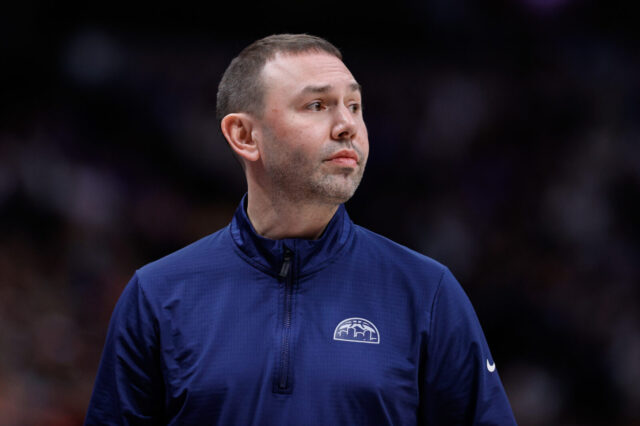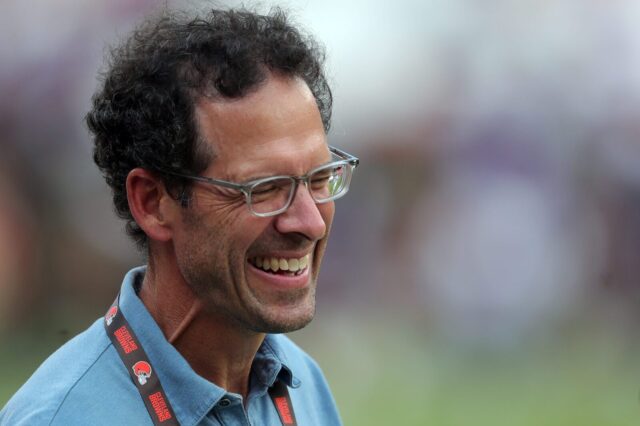Strike 2: The Colorado Rockies might not have struck out at the recently passed MLB trade deadline, but they certainly did no better than produce a weakly hit ground ball.
A team in “reconstruction” mode needed to get better by parting with tradable assets and acquiring more young prospects, particularly pitchers. All they were able to do was move inconsistent relief pitchers Nick Mears and Jalen Beeks and get back three younger arms in return. Double-A prospect Luis Peralta, acquired from Pittsburgh for Beeks, might be a guy who shows up at Coors Field later this year. Maybe.
Otherwise, it was a dud of a trade deadline for the notoriously trade adverse Rockies.
Still wearing purple pinstripes after the deadline were tradeable starting pitchers Cal Quantrill and Austin Gomber, along with second baseman Brendan Rodgers and catcher Elias Diaz – who was the MVP of the 2023 MLB All-Star game – and who is in the last year of his contract.
Scratching your head and wondering why? Don’t. This is the Rockies current MO.
Go back to the days when Trevor Story still got his fan mail at Coors Field. Halfway through the 2021 season, it became clear that Story wasn’t going to sign another contract with the Rockies, and would instead play out the final year of his deal and become a free agent. Colorado could have traded him and got a prospect back from another team in return, but didn’t. All of baseball wondered why. By industry standards, it made no sense.
The Rockies replied to the critics by letting it be known they preferred to acquire the compensatory draft pick they’d receive from MLB for losing a free agent to what they would have gotten back in a trade. In other words, they trusted the ability of their own scouts and farm system to draft and develop a player they themselves selected over prospects that someone else had already drafted. (Story was playing with a bad shoulder at the time as well, reducing his value a bit.)
The Rockies were able to draft well-regarded high school outfielder Sterlin Thompson with that compensatory pick. The 23-year-old is now at Double-A Hartford, hitting .241 with nine homers. He remains a work in progress. Story of course is now in his third year with the Boston Red Sox, all three seasons having been plagued by injuries.
The same scenario will now play out with Diaz, who will become a free agent after not being traded. With young Drew Romo waiting at Triple-A, Diaz was totally expendable. But like Story, he’s been dealing with a nagging calf injury, deflating his trade value at the worst time. The Rockies front office clearly believed they can use the next compensatory draft pick to land a better future big leaguer than they could have gotten back in trade, for another former All-Star.
This overarching point of view isn’t new. Placing a mile high value on their own draft picks and current players has been a Rockies trait ever since “Trader” Dan O’Dowd left town.
Having said that, it’s not inconceivable that Colorado will opt to trade Quantrill, Gomber, Rodgers and others during the offseason, since those players are still under contract for 2025. But don’t be shocked if they don’t. They’ve already passed on trading Rodgers for a very highly touted major league pitcher a couple of off seasons ago. Even though Rodgers replacement – Adael Amador – is ready and waiting, it will be hard for Colorado to part with the guy who was once touted as the next big thing at Coors Field.
So they probably won’t.
It’s become clear that when the Rockies say they are a “draft and develop” organization, they mean just that.




